Growing one’s food is an interesting prospect to consider. But what if you don’t have the room to grow a garden full of flowers or vegetables? Container gardens are the perfect solution to this problem. People who don’t have the space or the time to develop a bigger garden will find that these gardens are ideal. Additionally, they are excellent options for presents for family and friends. When growing one’s food in New Jersey, a large yard or extensive gardening space is not required. Let’s check out more information about New Jersey container gardening.
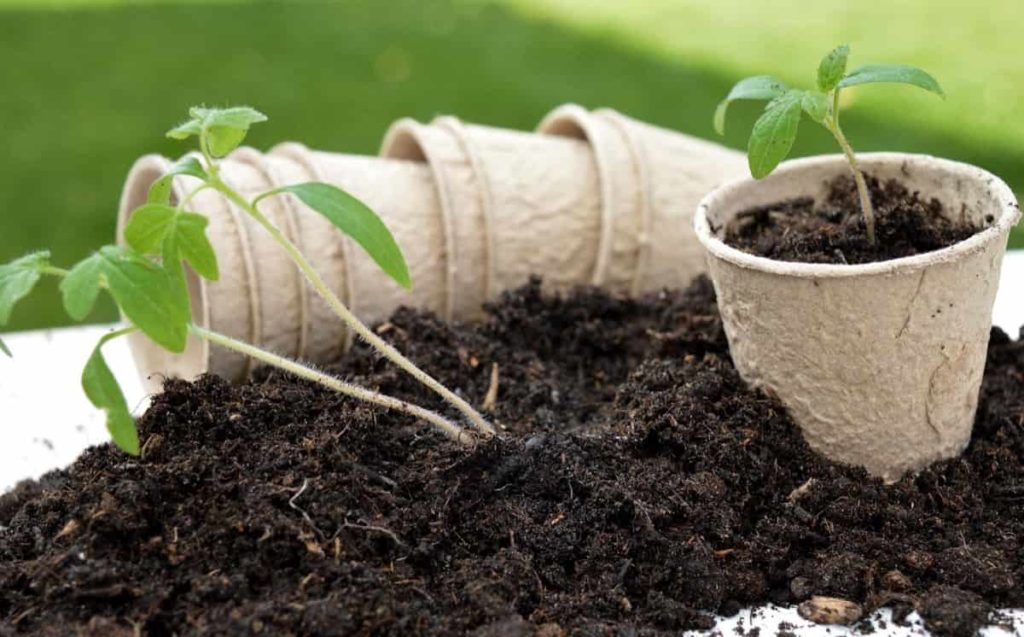
Residents of New Jersey who are having trouble putting food on their tables due to the pandemic may find that growing plants in containers offers a low-cost solution to this problem. The pandemic has caused food insecurity for an estimated 42 million people in the United States, including an estimated 9.37 million in South and Central Jersey, where the number of people seeking assistance from local food banks increased by 19 per cent from the fourth quarter of 2019 to the fourth quarter of 2020.
This article provides information about growing plants in containers in New Jersey, the best fruits and vegetables to grow in New Jersey, and container gardening flowers and herbs. Many New Jersey cities, such as Jersey City, Newark, Atlantic City, and Princeton, have emerged as focal points for container gardening. So, we can say this trend is getting quite popular with its benefits and ease of maintenance. We have also provided information about the best container garden plants for NJ.
USDA hardiness zones of New Jersey
The majority of New Jersey has weather that is classified as subtropical humid. The typical circumstances of this climate can be found in the northeast, central, and southern areas, including humid and warm summers and winters that are quite frigid. High elevation in the state’s northwest creates a humid continental climate and cooler temperatures. Temperatures often drop below 0 degrees Celsius during the region’s winters.
The summertime high temperatures in the state’s planting zones average in the mid-to-high-80s, while the low summertime temperatures average in the 60s. Temperatures in the high 90s and low 100s are possible for around three weeks out of the year. There is an average high temperature of between 30 and 40 degrees Fahrenheit in winter, while the low temperature is between 15 and 20 degrees Fahrenheit.
The yearly precipitation may range anywhere from 43 to 51 inches, and there can be as many as 30 thunderstorms each year, the majority of which occur in the summer. It snows 10 to 15 inches each year at the coast and in the south, 15 to 30 inches in the middle and northeast, and 40 to 50 inches in the northern highlands. Snowfall varies from year to year and depends greatly on location.
Hardiness Zones in the United States are primarily defined by the dates of the first and final frosts. These zones inform us which plants and flowers will flourish and when they should be planted. Gardeners can benefit greatly from knowing the New Jersey planting zones, especially given that there is not much diversity in the zones. Therefore, when creating a garden in New Jersey, it is crucial to know the growth zone you are in so that you may identify which plants, flowers, and vegetables will flourish in that zone.
The sole range for growing zones in New Jersey is from 6a to 7b. Planting anything that is considered to be suitable for a lower zone is generally acceptable as well. Be very cautious not to plant anything that is categorised as being able to thrive in higher zones since it may have trouble surviving the harsh winters in New Jersey if you do. There are a variety of veggies that grow particularly well in New Jersey’s climate and soil.
It is not difficult to develop a garden full of vegetables and will produce food during the whole growing season if proper preparation is done. The land is ideal for cultivating vegetables such as beets, lettuce, onions, beans, carrots, radishes, summer squash, cabbage, zucchini, and broccoli. In addition, there are at least as many, if not more, species of plants and flowers that thrive in New Jersey due to the favourable growth conditions the state provides.
The anemone, the chrysanthemum, the basket of gold, the aster, the blanket flower, the coral bells, the daylily, the hellebore, the butterfly weed, and many other types of flowers are among the simplest to grow.
New Jersey container gardening: Step by step guide to growing plants in containers
Select the ideal container for your plants
The longer you can go between waterings, the larger the pot and the more water it can store. During the hottest months of the year, a tiny pot with a big plant will need to be watered regularly and fed more frequently. For your gardening style and environment, choose a container with drainage holes.
When it comes to watering plants, nature has the last say, even if you can give them exactly what they need. Root rot is prevented by drainage holes in the pot’s bottom. The roots of delicate plants can be damaged if placed in black or metal pots due to excessive sunlight. Terra cotta pots have long been a popular choice. In addition to its beauty and weight, this material dries out faster than others.
Aesthetically pleasing, glazed pots can be costly and difficult to transport. Plastic pots are cheaper than clay ones, and they also come in a wider range of designs. The strong half-whiskey barrel is another option. For best results, drill drainage holes in the bottom of this planter if it doesn’t already have any.
Select the potting mix for your container plants
Soil quality is critical when it comes to container gardening. Normal garden soil will not drain correctly in your pots, so avoid using it. To make your potting mix, combine equal parts red soil, organic compost, and vermicompost in a bucket and take it to a gardening supply store.
Pick your container plants
Choose plants that are suitable for the container and the growth circumstances. Check the plant tags for further information and see whether it is listed there. This will assist you in making your choice. Make visually appealing arrangements by grouping plants that complement and thrive in the same environmental circumstances.
Also, don’t be afraid to combine different plant types, such as flowers, herbs, and veggies. This is an excellent way to bring beauty and taste to your patio, deck, or balcony easily and conveniently.
Planting your container plants
Gently compress their nursery pots to dislodge the root ball when adding plants. Pulling on the plant may harm it. Set your plants on the potting mix, so their root balls are 2 inches below the container’s rim. This makes watering easier. Fill in surrounding plants with potting mix, ensuring sure stems are no deeper than in nursery pots. Lightly massage the soil around your plants to remove air pockets.
From seeds
You’ll see the recommended planting depth on the back of the seed package. You should cover seeds with soil three times as thick as the seeds themselves; nevertheless, you should follow the planting directions on the seed packaging very carefully. Certain seeds, such as certain types of lettuce and snapdragons, need sunshine to germinate.
These seeds should be planted on the soil’s surface, but they should also maintain excellent touch with the soil’s moisture. After the seeds have been sown, a little tamping will be beneficial. After you have planted your seeds, take a spray bottle and give the earth an additional soaking.
From cuttings
Choose green, non-woody cuttings. Younger, less woody stems are simpler to root. Find a stem with a node where a leaf or bud connects. New roots will grow here. Cut slightly below a node using alcohol-sterilized scissors or a razor. The cutting should have two leaves and one node. A 4-to-6-inch cutting is generally enough. Longer cuttings dry out when planted. Next, cut the node on a flat, hard surface using a sterile razor blade. This node cutting will boost root growth.
Leave 1-2 leaves on the cutting. The cutting requires some leaf development to maintain photosynthesis, but too many leaves deplete the cutting’s energy supply. If the leaves are too big, snip off the top half. Some plants root readily, but a rooting hormone can aid others. In one container, put water and rooting hormone. Dip the cutting’s node end in water and rooting hormone.
Make a planting hole in the soilless potting mix using a pencil. Making the hole somewhat bigger than the stem diameter helps limit rooting hormone loss. Then, carefully lay the cutting in the potting mix hole and tamp it. Several cuttings can fit in one container, but the leaves should not touch.
Water your container plants
Plants that are grown in containers require more frequent watering than plants that are grown in the ground. First, add water if the soil is dry. Stick your thumb in the soil to your second knuckle to check its moisture. If you think the soil is dry, you should give some water. It is essential to water the plant until you can see water dripping out of the container’s bottom.
Fertilising requirements for your container plants
Be sure to put a fertiliser with a gradual release into the potting mix at the planting time. This kind of fertiliser releases a more steady stream of nutrients into the soil over a longer period. Always be sure to follow the guidelines on the label and apply extra applications as directed on the fertiliser packaging.
Growing vegetables in containers in New Jersey
Tomatoes: It’s no surprise that tomatoes are a favourite of both experienced and newbie gardeners. It doesn’t matter where you put them, as long as they get a lot of sunshine. They’ll produce a lot of fruit throughout summer with only a little water and sunlight. These can be grown in containers in New Jersey.
Canada Container Gardening: How to Start with Vegetables, Fruits, Flowers, and Herbs
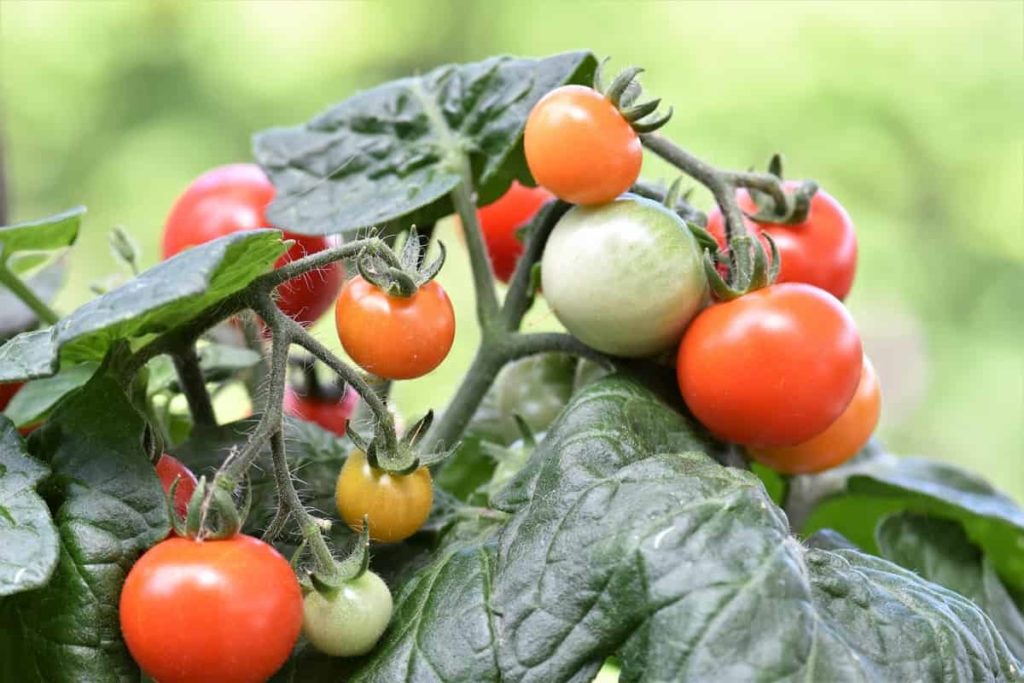
Lettuce: Eat a salad prepared with lettuce that you grew yourself. In New Jersey, lettuce can be grown in containers since it doesn’t need a lot of areas. If you’re new to container gardening, this is a great plant. When it doesn’t rain, water the soil every other day; in warmer weather, lettuce won’t grow as well, so don’t wait too long to harvest.
Green beans: Green beans can be grown in the garden as string beans, shell beans, or entire beans. Broad beans are simpler to grow than bush beans, but they produce larger harvests. For those who don’t have access to a container or trellis, you may also plant pole beans, a low-maintenance relative of the kidney bean.
Squash: Like cucumbers, summer squash will thrive whether you grow them on the ground or in a container. They’ll require a lot of water and grow best in warmer soil, so they’re ideal for those who put off planting their garden until the last minute.
Cucumbers: Warm temperatures, plenty of sunlight, and water are favourable growing conditions for cucumbers in New Jersey. If you give them room to develop, you’ll soon give neighbours free cucumbers.
Singapore Container Gardening: How to Start with Vegetables, Fruits, Herbs, and Flowers
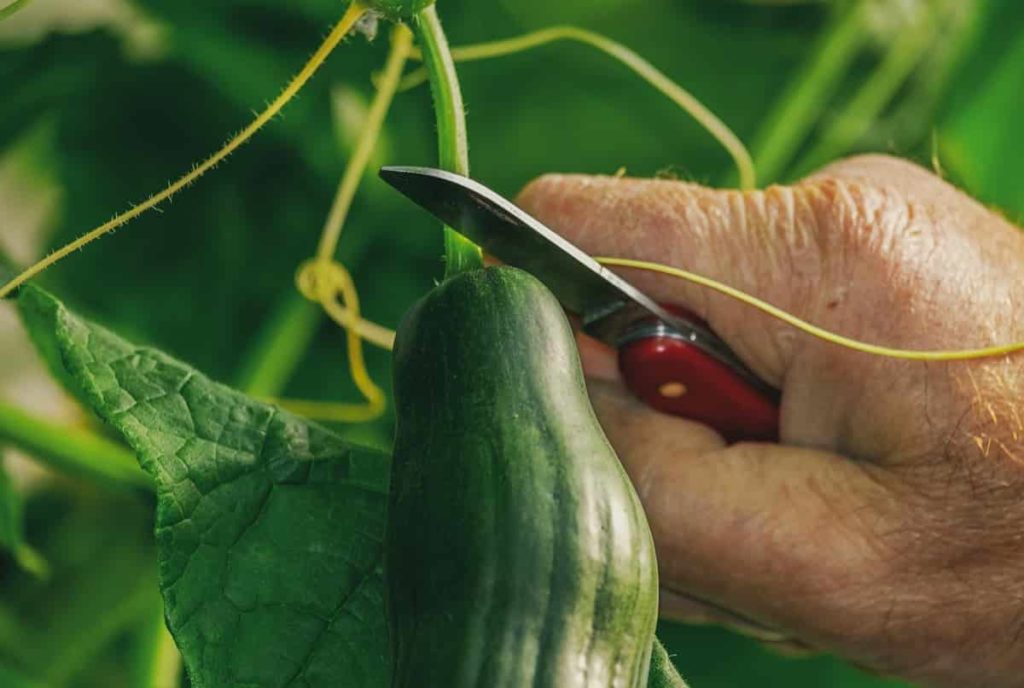
Growing fruits in containers in New Jersey
Strawberries: Strawberry plants can be potted if space is limited. June-bearing strawberries, one of the most popular varieties, can produce loads of fruit if given 6 to 10 hours of direct sunlight daily and planted in healthy, well-drained soil. June-bearing strawberries need three weeks to mature and become red. Cut the stems to keep the green top instead of picking the berries from the plant.
Pears: It is also usual to see pears on trees grown in cooler climes. During the spring, they’ll bloom, and their fruit will be ready for pear crisps and pear sauce in the autumn. These can also be grown in large containers, depending on the variety you choose.
Oklahoma Container Gardening: Beginner’s Guide for Vegetables, Fruits, Herbs, and Flowers
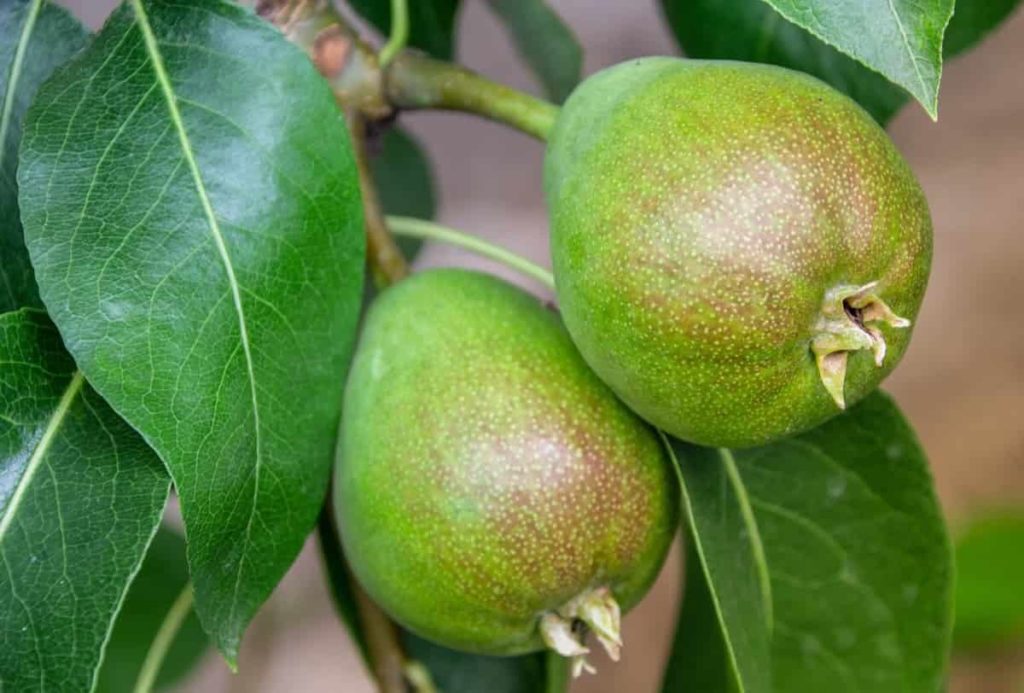
Plums: These are among the most well-liked of all stone fruits, and they are adaptable enough to thrive in both cool and warm environments in containers. European Plum, and Italian Plum, The Japanese Plum, are the most common varieties produced in New Jersey.
Peaches: Colder hardiness zones are ideal for these well-known stone fruits. Fruits ripen fast in the summer heat when they bloom after a frost. You’ll have up to 20 years to look forward to the delicious fruit they produce. There are more than a hundred variations to pick from.
Apples: In cold-hardy trees, the apple tree is one of the most popular and well recognised. These trees can withstand even the harshest weather conditions of New Jersey. It’s critical, though, to choose varieties that can thrive in containers and with a shorter growing season.
Growing flowers in containers in New Jersey
Asters: Asters are among the most popular perennial flowers for garden design in New Jersey since they are simple to maintain and drought-resistant. Asters provide a pop of colour to any environment and can add interest to a garden due to their varying heights. Some reach 6 to 8 feet yet can be grown in pots.
North Carolina Container Gardening: For Vegetables, Herbs, Fruits, and Flowers
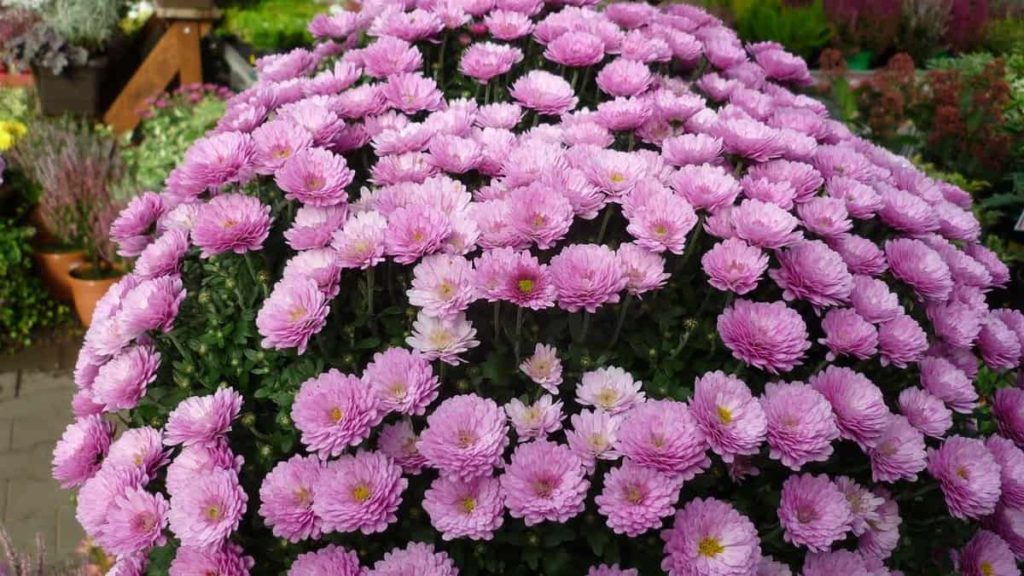
Basket of gold: Basket-of-gold grows in patio borders, paving stone cracks, rocky gardens, and gravel paths. These grow well in containers too. This perennial is a favourite option for casual New Jersey gardens. Basket-of-gold brings colour to your environment with its golden flowers.
Bee balm: Bee balm is an easy-to-grow, lovely perennial flower that attracts bees and butterflies—New Jersey natives with pink, red, purple, and white spider-like blooms. Bright, fragrant blooms in dark leaf clusters appear on this plant.
Alyssum: Only alyssum works well as a ground cover among these flowers. This plant spreads without a gardener’s aid and has lovely tiny blooms. Alyssum thrives throughout the autumns and winters of New Jersey. This is when Alyssum blooms and adds colour until the first frost. It grows best in containers too.
Delphinium: This tall larkspur delphinium brings blue to the flowerbed. One inch blooms line a tall stem. Early summer until October. It’s 4 to 6 feet tall and 2 feet wide. Tall larkspur likes well-drained humus-rich soil. Tall larkspur needs full sun, but afternoon shade is necessary too. It’s hardy in USDA zones are 5-7.
Growing herbs in containers in the USA
Sage: Sage should be grown in a sunny position with well-drained soil. During the autumn, trim the stalks by approximately 30 per cent so that they can grow the next year richly. Sage comes in various forms, including pineapple sage for iced tea. This plant is best suited for containers.
Rosemary: Plant Rosemary in sunny, well-drained soil. Rosemary prefers dry soil; don’t overwater. These are easy to grow and can be ideal for pots for the climate of New Jersey.
Florida Container Gardening: For Vegetables, Herbs, Flowers, and Fruits
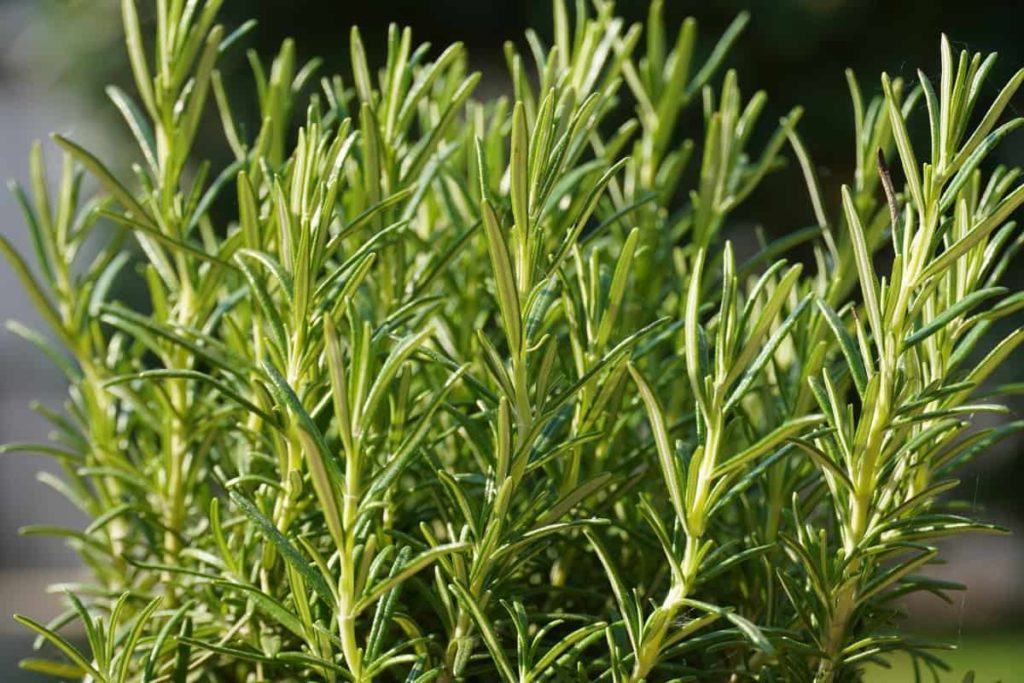
Mint: Added to drinks and desserts to give them flavour. Tolerant to poorly draining soil, plant in partial shade and water several times weekly during hot, dry weather. Planting mints in the ground isn’t going to stop them from spreading, so make sure you keep the soil wet if you don’t want them to take over your yard.
Thyme: This herb is utilised in many savoury Italian cuisines. In well-drained, sunny soil, plant thyme. Half the stalks should be cut back in the autumn to foster lush new growth. This low-growing plant is perfect for containers as it gives out a wonderful smell.
Oregano: Many savoury cuisines, particularly those from Italy, rely on this ingredient. In New Jersey, you can grow Oregano in a sunny or mostly sunny spot in your garden. After summer flowers fade, trim stems by 30% to retain vitality. This plant does well in containers as well.
- How to Grow Hibiscus from Flower
- Plantation Ideas for Home Decoration: A Beginners Guide
- Flower Garden Designs and Layouts for Beginners
- Planting and Spacing Techniques in Papaya: A Beginner’s Guide
- Growing Gold: Essential Techniques for Planting Pineapples
- How to Make Kalanchoe Plant Bushy: Home Remedies and Solutions
- 11 Reasons Why Your Gardenia is Not Blooming: Home Remedies and Solutions
- Eco Elegance: The Guide to Designing a Drought-Tolerant Landscape
- Gardening on a Slope: Strategies for Hillside Landscaping
- Nourish and Flourish: Top Organic Mulches for Thriving House Plants
- Everything You Want to Know about Indian Mogra Flower: Discover Uses and Growing
- Green Thumb Success: Expert Tips for Cultivating Greenhouse Pumpkins All Year Round
- Maximize Growth & Flavor: The Ultimate Guide to Companion Planting in Herb Gardens
- How to Control Rhododendron Problems Naturally: Home Remedies and Organic Ways to Fix Them
- Natural Magic: The Remarkable Benefits of Cinnamon for Plants
- Best Steps to Revive Dying Tulip with Natural and Organic Treatment
- 10 Reasons Why Your Angel Trumpet is Not Blooming: Remedies and Treatment
- How to Fix Periwinkle Leaf and Flower-Related Problems: Natural Remedies and Solutions
- How to Fix Zinnias Leaf and Flower Problems: Discover Natural and Home Remedies
- Organic Steps to Induce Lemon Tree Flowers: A Comprehensive Guide
- Bloom Booster: Crafting the Perfect Homemade Bougainvillea Fertilizer
- Optimizing Growth: A Guide to Applying NPK Fertilizer for Potted Plants
- 10 Best Homemade Fertilizers for Rubber Plant: DIY Recipes and Application Method
- How to Boost Female Pumpkin Flowers: Effective Steps for More Flowers and High Yields
- Transform Your Indoor Garden: Top Benefits of Pink Salt for Houseplants
- 10 Best Homemade Fertilizers for Peacock Plants (Calathea): Easy DIY Guide
- Unlock Blooms: 9 Reasons Why Your Potted Chrysanthemum is Not Blooming
- 8 Reasons Why Your Potted Hibiscus is Not Blooming: Fix it with Simple Solutions
- Unlock Blooms: 9 Key Reasons Your Potted Frangipani Won’t Flower
- 10 Reasons Why Is My Ice Plant Not Blooming: Remedies and Treatment
- 10 Reasons Why My Potted Hydrangea Not Blooming: Treatment and Remedies
- 10 Reasons Why is My Wisteria Not Blooming: Remedies and Treatment
- 10 Reasons Why is My Goldfish Plant Not Blooming: Remedies and Treatment
- Maximize Your Space: Ultimate Guide to Balcony Gardening with Grow Bags
- 10 Reasons Why Your Iris is Not Blooming: Remedies and Treatment
- 10 Reasons Why Your Anthurium Plant is Not Blooming: Treatment and Remedies